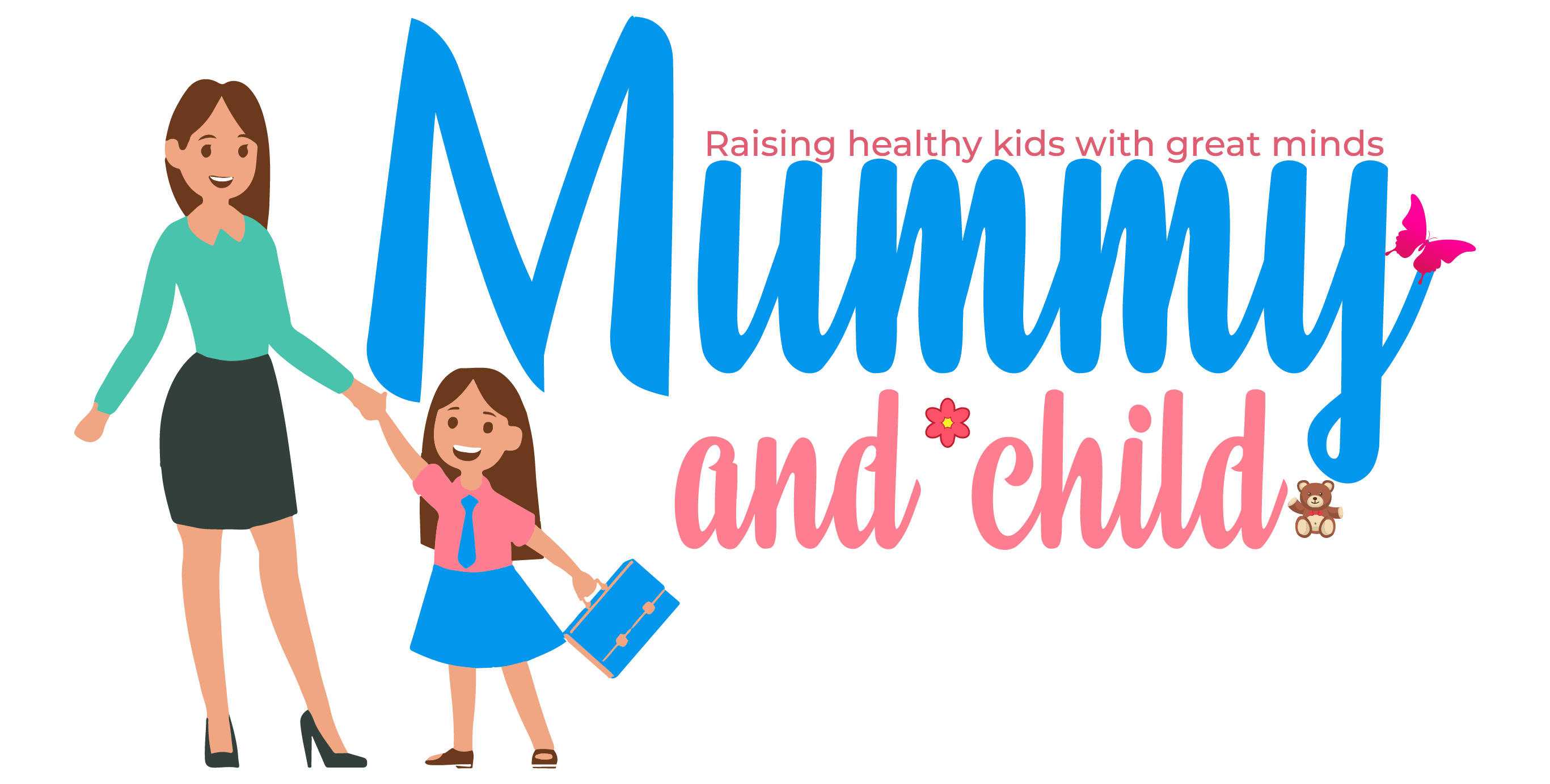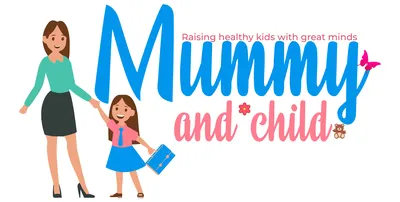Minimalism has become an increasingly popular trend in recent years as people seek to focus on what truly matters and eliminate excess belongings. This is especially the case for rapidly urbanizing towns, such as Marysville in Snohomish County, Washington, with a growing population of 72,000 and average living space size below the national average. People in such places are now looking for ways to simplify their lives and reduce clutter.
A minimalist lifestyle is all about focusing on what truly matters, simplifying your life, and reducing clutter in all areas. By adopting a minimalist lifestyle, you can experience greater clarity and less stress and save money. You can start implementing a minimalist lifestyle today with the help of these tips.
Assess your possessions
The first step in adopting a minimalist lifestyle is to examine your possessions and their use in your life. This can be overwhelming, but it’s important to assess what you own and need. Start by inventorying your belongings and sorting them into categories such as keep, donate, sell, or discard. Be honest with yourself about what you use and what you don’t.
Consider renting a storage unit if you have items you don’t need but can’t bear to part with. It can be a helpful solution for keeping valuable and seasonal items without cluttering up your living space. This is extremely beneficial for people living in Washington State, where the average house size is at least 200 square feet below the national average of 2400. Residents in Snohomish County can look up Marysville storage units to find something big (or small) enough to meet their additional storage needs and stash away things they aren’t giving away. And so can residents in other parts of the US look for storage options near them since these rental facilities are common throughout the country.
The goal of minimalism is not to eliminate everything you own but to create a space where you can live intentionally and without excess.
Create a decluttering plan
Decluttering can be overwhelming, but it doesn’t have to be. Create a plan that works for you and break the process down into manageable tasks. Set realistic goals and timelines, such as decluttering one room per week. You can also enlist the help of a friend or family member to make the process more enjoyable.
Once you’ve decluttered your space, focus on maintaining a clutter-free home. Make a habit of putting things away when you’re done with them, and resist the urge to accumulate unnecessary items.
Simplify your living space
A clutter-free living space can help reduce stress and promote relaxation. Maximize storage and organization by using furniture with built-in storage, such as an ottoman with hidden storage. Minimize decorations and accessories to create a clean and peaceful environment.
When organizing your space, consider the KonMari method. This popular method involves keeping only items that “spark joy” and letting go of everything else. You can create a truly homey space by surrounding yourself with items that bring you joy.
Adopt a minimalist wardrobe
A minimalist wardrobe can simplify your life and save you time and money. Start by decluttering your closet and keeping items you love and wear regularly. Focus on quality over quantity and invest in basic pieces that can be mixed and matched.
When shopping for new clothing, consider the item’s fabric, fit, and durability. Investing in high-quality items can reduce waste and support sustainable fashion.
Limit your consumption
Reduce your reliance on single-use items, such as paper towels and plastic water bottles, and opt for reusable alternatives. Avoid impulse purchases and take time to consider whether an item will truly add value to your life or not.
When making purchases, also consider the environmental and social impact of the product. Look for companies that prioritize sustainability and ethical practices. Being responsible about your consumption can reduce waste and support green businesses.
Embrace digital minimalism
In addition to physical clutter, digital clutter can also contribute to stress and overwhelm. Embrace digital minimalism by reducing screen time and setting boundaries around how you use technology. Unsubscribe from unnecessary mailing lists, streaming services, and social media, and delete apps you don’t use regularly.
When you do use technology, use it mindfully. Take breaks from social media and focus on activities that promote mental and emotional well-being, such as reading or spending time in nature. By simplifying your digital life, you can reduce stress and increase focus.
Simplify your meals
Making healthy, home-cooked meals can be challenging, especially when you have a busy schedule. Instead, simplify your meals by planning ahead of time and shopping with a grocery list. This can help reduce food waste and save you time and money.
When cooking, focus on simple, whole-food ingredients that can be prepared in various ways. Batch cooking and meal prep can also be helpful right before a busy week. By simplifying your meals, you can support your health and reduce stress around mealtime.
Prioritize experiences over possessions
Minimalism isn’t just about decluttering physical possessions; it’s also about prioritizing experiences over things. Seek out experiences that align with your values, such as travel, outdoor activities, or spending time with loved ones. Create memories that will last a lifetime rather than accumulating material possessions.
Practice gratitude
Gratitude is a key component of a minimalist lifestyle. Take time each day to appreciate what you have, whether it’s a warm bed or a loving family. Cultivate a mindset of abundance and focus on what you have rather than what you lack.
Also, consider giving back to your community. Donate the stuff you don’t need to someone who can make better use of it.
Conclusion
Adopting a minimalist lifestyle can be a journey, but it’s one that can have a profound impact on your life. By assessing your possessions, identifying your values, and simplifying your life, you can reduce stress, increase clarity, and live a more fulfilling life. Minimalism isn’t about perfection. It’s about progress. Take small steps each day towards a simpler, more intentional life, and enjoy the benefits that come with it. If you’re living in rapidly urbanizing cities in the US, it’s the best way to adjust your life.



Comments are closed.